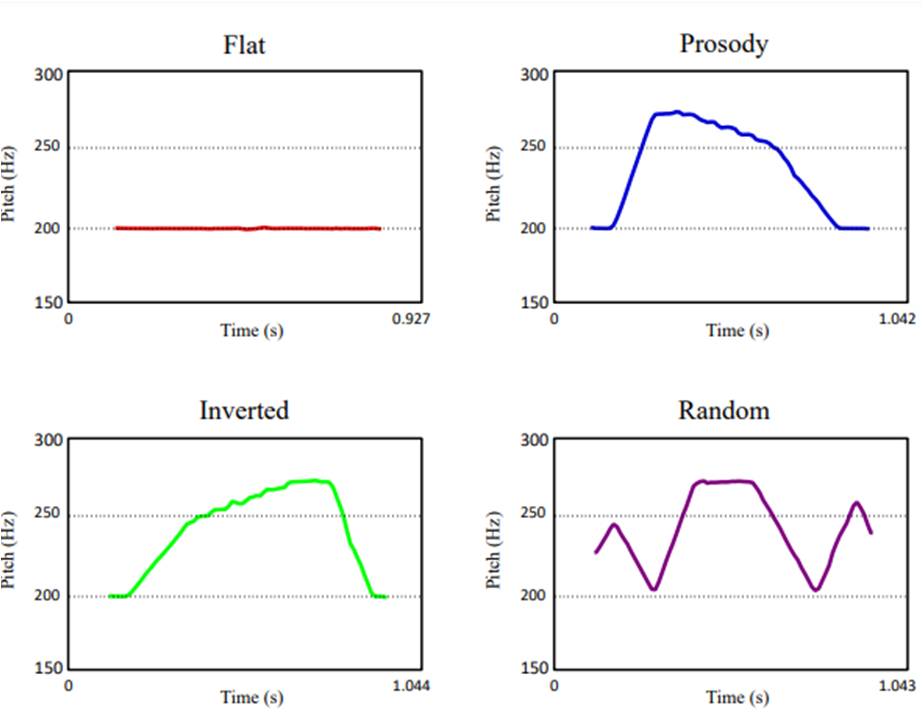Universal prosodic cues facilitate learning in both animals and humans
Universal prosodic cues facilitate learning in both animals and humans
Elements of oral expression such as pitch, tone and intonation, highlight important parts of speech, and not only humans benefit. According to a study on the evolution of language published in the journal Cognition by Juan Manuel Toro and Paola Crespo-Bojorque, researchers at the Center for Brain and Cognition.

Prosody is a branch of linguistics that analyses and formally represents the elements of oral expression such as pitch, tones and intonation. A study published in Cognition on 5 February shows that there are universal prosodic cues that help with learning in humans and in animals.
This study, published by Juan Manuel Toro, ICREA research professor and Paola Crespo-Bojorque, researchers of the Center for Brain and Cognition (CBC) of the UPF Department of Information and Communication Technologies (DTIC), is part of the research into language evolution that is being conducted thanks to a European Research Council Starting Grant.
Some of the mechanisms we humans use to learn language are based on general principles we inherited from other species
The prosodic contour is universal
When we speak, we pronounce words more intensely at first and lengthen them slightly more at the end of the sentence. This is known as the prosodic contour. This contour is universal, in the sense that it not only defines the way in which speech occurs in humans, but also in birdsong and probably any other animal vocalization. “This occurs because the prosodic contour appears as a result of how humans and animals produce sounds by expelling air through the larynx”, Toro and Crespo Bojorque explain.
And they add: “In our study, we showed that this prosodic contour facilitates the learning of words not only in humans but also in other animals (in our experiment, rats)”.
Through various experiments, the researchers found that animals learned to recognize nonsense words when they had a natural prosodic contour. Conversely, they could not learn them when they had a flat or random contour.
Thus, the authors conclude that there are universal cues that facilitate learning, and both humans and other non-human animals benefit from them. In general terms, “this suggests that some of the mechanisms humans use to learn language are based on general principles we inherited from other species”, the study researchers conclude.
Related work:
Juan Manuel Toro, Paola Crespo-Bojorque (2021), "Arc-shaped pitch contours facilitate item recognition in non-human animals", Cognition, 5 february, https://doi.org/10.1016/j.cognition.2021.104614
